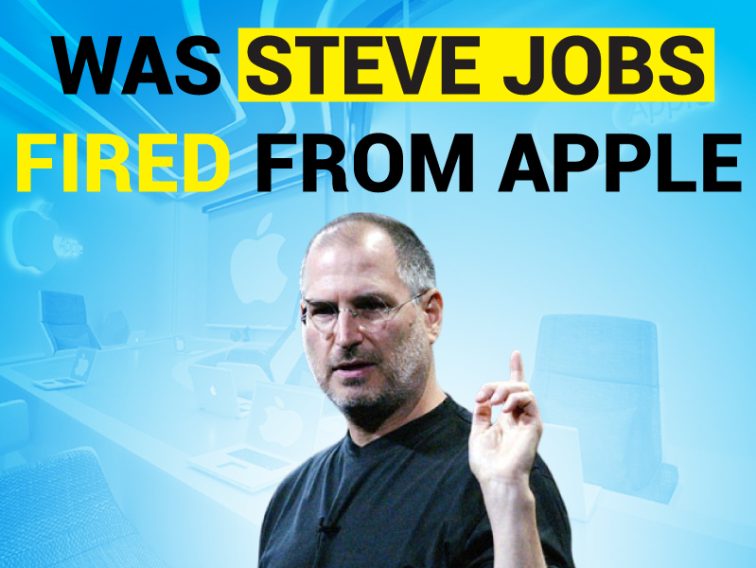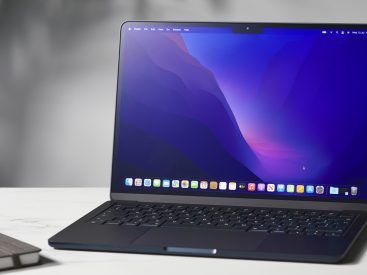Contents
The Firing of Steve Jobs

So, let’s dive right into it. When was Steve Jobs fired from Apple? The answer is 1985, and this moment was super pivotal for not only Apple but the entire tech industry. In that year, a series of events led to a showdown between Jobs and the board of directors at Apple. To give you a clearer picture, let’s break it down.
Context of the Event
In 1985, management conflict was brewing at Apple. Picture this: a young and ambitious Steve Jobs, passionate about innovation, clashing against John Sculley, the company’s CEO hired to stabilize things. The board of directors ultimately had to choose sides, and unfortunately for Jobs, he lost their support. It was kind of a dramatic saga, filled with boardroom battles and conflicting visions for the brand.
Jobs wanted to push the limits of technology and design, while others felt they should focus on maintaining stability during a time of growth. It’s like that moment in a group project where everyone has different ideas and you just can’t seem to get on the same page.
Key Individuals Involved
Two names really stand out in this drama: Steve Jobs and John Sculley. Jobs co-founded Apple in 1976 and played a crucial role in its early success. On the flip side, Sculley came onboard in 1983, brought in for his expertise in scaling businesses. Their relationship started off great, but as the years went on, it turned contentious.
Jobs’s management style was often described as intense and demanding. While this energy led to groundbreaking products like the Macintosh, it also created friction. As a result, the board began to lose confidence in him, culminating in the decision to fire Jobs in 1985. Ouch!
Reasons for Jobs’s Firing
Jobs’s firing wasn’t just a spontaneous decision. Several factors contributed to this pivotal moment. For starters, his vision for Apple was radically different from that of the board. He wanted to innovate, while others were more cautious.
The loss of executive support also played a significant role. Many key players in the company started siding with Sculley, partially because, let’s be real, Jobs’s intensity could be a bit much to handle. So, with the board backing Sculley, it was only a matter of time before Jobs was shown the door.
Life After Apple

After his firing, Jobs didn’t just sit back and sulk; he was a guy on a mission. He founded NeXT, a computer platform targeting the higher education and business markets. Although it wasn’t the most successful venture, it helped him lay the groundwork for his return to Apple later on.
Founding NeXT
NeXT was all about creating powerful machines focused on education and creativity. Funny enough, those very principles would eventually come back to benefit Apple once Jobs returned. Talk about full circle!
Acquisition of Pixar
In addition to NeXT, Jobs acquired Pixar Animation Studios during this period. Under his leadership, Pixar became a powerhouse in the animation industry, producing hits like Toy Story and Finding Nemo. You could say it was a golden era, not just for Jobs but for the entire animation industry.
Return to Apple
Fast forward to 1997, and guess what? Apple was in dire straits, struggling to innovate. Enter Steve Jobs—the man the company had booted out nearly a decade earlier. But this time, he wasn’t just coming back out of nostalgia; he was bringing some serious experience with him.
Circumstances of His Return
Apple acquired NeXT, bringing Jobs back into the fold. Just like that, he was back in the driver’s seat. It was a wild twist of fate. Jobs had learned a lot over the years, and he was ready to transform Apple.
Major Product Launches
Upon his return, Jobs spearheaded some of the most iconic product launches ever:
– iMac: This was a game-changer, known for its colorful design and sleek aesthetic. It really put Apple back on the map.
– iPod: Released in 2001, it revolutionized how we listen to music. Everyone wanted one!
– iPhone: Launched in 2007, the iPhone changed the mobile game drastically. It combined functionality with style.
– iPad: When it debuted in 2010, it brought a new level of convenience and entertainment.
These products weren’t just updates; they reshaped consumer expectations and solidified Apple’s position as a leader in technology.
Impact on Technology and Business
Jobs didn’t just turn Apple around; he influenced an entire generation of tech products. His focus on design and user experience set new standards in the industry—something we still see today.
Transformation of Apple
With Jobs at the helm, Apple transformed from a struggling computer company into a titan of technology. His work influenced not just Apple’s product line but how other companies approached their own designs and management styles.
Influence on Design and User Experience
Jobs believed tech should be user-friendly and aesthetically pleasing. This philosophy permeated every new Apple product. It’s crazy to think how a single individual’s vision can change the world of technology, right?
Legacy in the Tech Industry
Even after his death in 2011, Jobs’s influence remains. His innovative spirit and relentless pursuit of what’s next still echo through Apple and the tech realm.
Conclusion
The story of when Steve Jobs was fired from Apple is a captivating chapter in tech history. It reminds us that sometimes, setbacks can pave the way to incredible comebacks. So, if you’re curious to learn more or want to leave a comment, let’s chat!
Check out more cool content on Apple products at iPhone7price.org.



